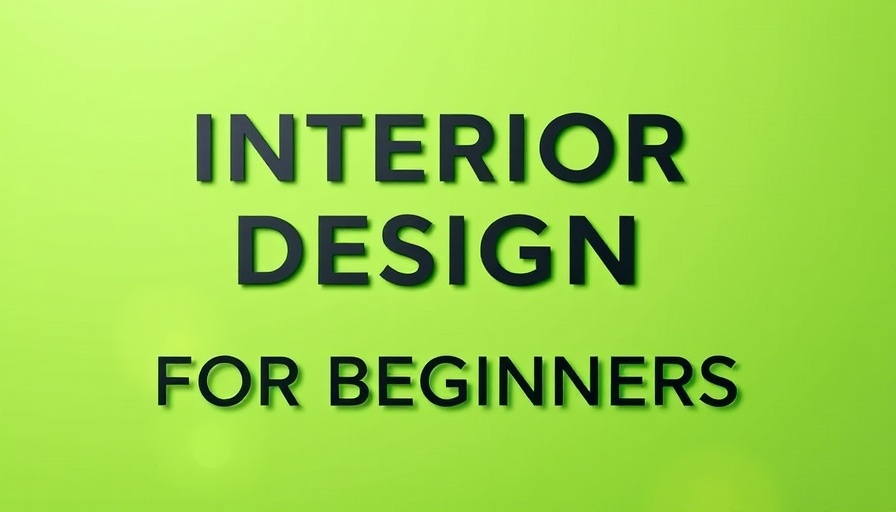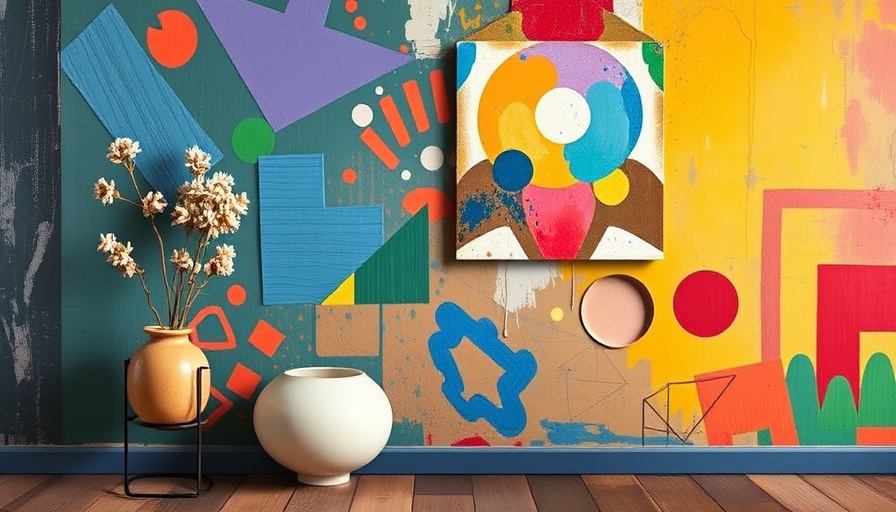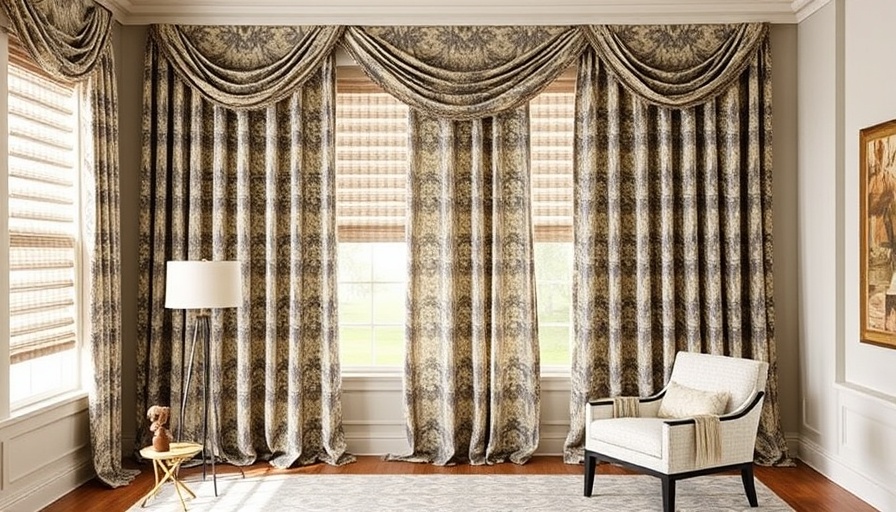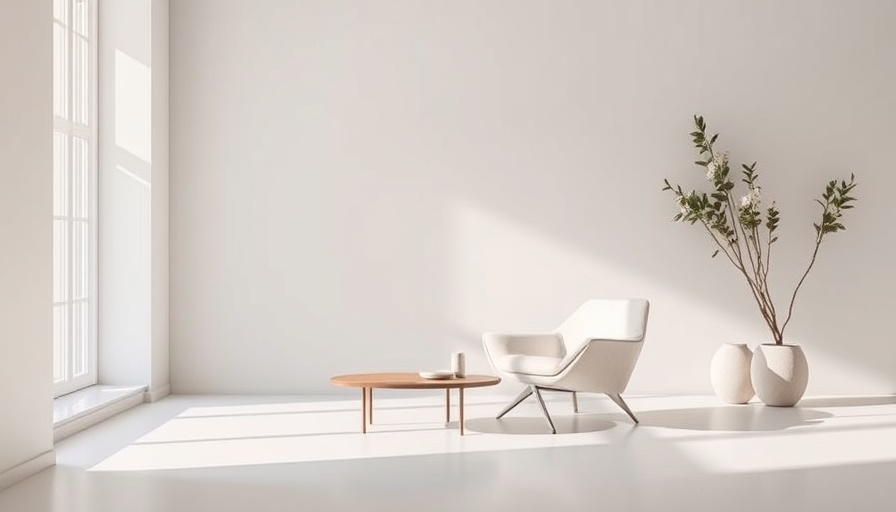
Exploring the Emotional Landscape of Tactile Design
When stepping into a home, the first impressions are explored through visual elements like color, furniture, and layout. However, an often-overlooked aspect is texture, which plays a critical role in shaping our emotional responses and connections within a space. In the greater Hampton Roads area, a place steeped in community and military traditions, the understanding of tactile design can significantly impact how family-oriented homeowners create welcoming environments.
The Power of Texture in Interior Design
Textures can evoke emotions, influencing our mood and perceptions. For example, a soft velvet fabric can create warmth and comfort, making a living room inviting, while a cool, smooth marble can invoke a sense of elegance and calmness in a kitchen. By understanding these subtleties, homeowners can enhance the emotional resonance of each room. In Hampton Roads, many military families are drawn to styles like Scandinavian and modern minimalist design, which emphasize both simplicity and tactility, appealing to their need for comfort in often stressful lifestyles.
Choosing Textures: A Local Perspective
In designing spaces—whether contemporary bedrooms, vibrant living rooms, or tranquil office interiors—local homeowners are increasingly choosing materials that reflect both functionality and emotional warmth. For example, a recent trend seen among interior designers in the region includes the blend of rustic textures with modern elements. These combinations allow for a homely yet sophisticated feel, ideal for military families who may want their homes to express both comfort and strength.
Embracing Different Styles with Texture
Various interior design styles can convey distinct emotions through texture. For instance, the minimalist aesthetic seen across many homes in Virginia Beach utilizes fewer furnishings but creates depth with textured surfaces—think natural wood, woven fabrics, and soft ceramics. These elements illuminate the essence of modern warmth, diluted by the usual concerns of living in a transient community. Families often choose accessories that marry tactile experiences with durability, ensuring that homes feel lived-in yet stylish.
Future Trends in Tactile Design
Looking ahead, the tactile design landscape will continue to evolve. As sustainable materials gain popularity, more homeowners in the Hampton Roads area will likely explore eco-friendliness while still prioritizing texture. From upcycled textiles to natural stone finishes, the emphasis will be on creating emotional spaces that tell a story and connect with the environment.
Ultimately, understanding the power of texture can transform home interiors beyond just aesthetics. For homeowners in our community, diving deeper into tactile design means embracing the feelings and connections that make a house a true home.
Take the Next Step in Your Design Journey
If you’re looking to invigorate your living space or find the right interior designer near you, consider how the textures in your home can transform it from ordinary to extraordinary. Dive into the world of interior design that resonates not just with style but with your family's heart.



Write A Comment